Tyrannosaurus Rex, the Tasmanian tiger, and the Steller’s sea cow became extinct many years ago due to natural causes or human encroachment on their habitats. Join KnowAllAnimals to explore a list of Famous Extinct Animals in the following detailed article!
1. Top 10 Famous Extinct Animals That Once Ruled the Earth
Throughout evolutionary history, many animal species that once dominated the Earth have disappeared due to climate change, natural disasters, or human intervention. This list will help you discover 10 Famous Extinct Animals that once played a critical role in ecosystems and left a significant mark on scientific research today.
1.1. Tyrannosaurus Rex (extinct 65 million years ago)
The Tyrannosaurus Rex is one of the largest carnivorous animals of all time, with a length of 12.8 m (42 ft), a hip width of 4 m (13 ft), and a body weight of up to 7 tons. The T. Rex walked on two legs and had a large skull balanced by a long, heavy tail. The tyrant lizard king’s forelimbs were small and weak, disproportionate to its large and powerful hind limbs. T. Rex fossils have been found on the North American continent and date back approximately 68.5–65.5 million years ago. The T. Rex was one of the last dinosaurs to exist before the Cretaceous extinction event.
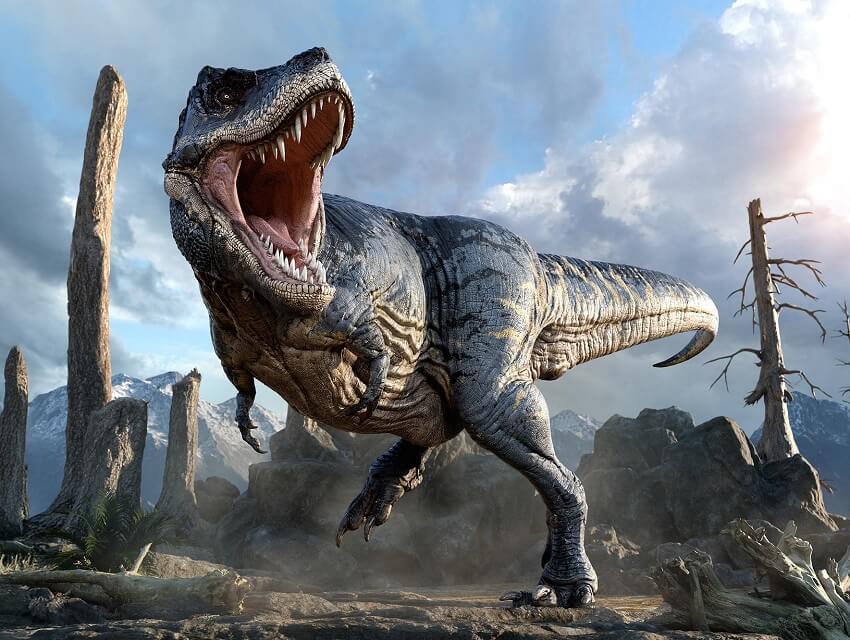
1.2. Irish Deer (extinct 7,700 years ago)
The Irish Elk was the largest deer species that ever existed on Earth. According to scientists’ estimates, this deer species existed around 5700 BCE, or about 7,700 years ago. The Irish Elk was about 2.1 m (7 ft) tall and had antlers up to 3.65 m (12 ft) long. The reason for the Irish Elk’s extinction was hunting for its antlers, not for its meat.
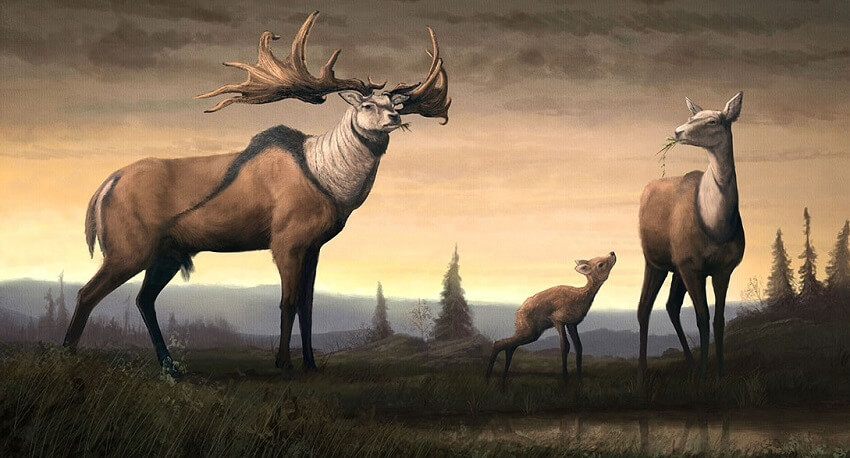
1.3. Cave Lion
The Cave Lion is an extinct subspecies of lion, often known through fossils and many prehistoric paintings. It was one of the largest lion species, with a height of 1.2 m (4 ft) and a length of about 2.1 m (7 ft) not including the tail, making it 5–10% larger than today’s lions. This species became extinct about 10,000 years ago, during the Würm glaciation.

1.4. Steller’s Sea Cow (extinct since 1768)
This animal was discovered by naturalist Georg Steller near the Asian coast in 1741. The Steller’s sea cow was about 7.9 m (26 ft) long and weighed 3 tons. Steller’s sea cows looked like a large seal with two forelimbs and a whale-like tail.
Fossils show that Steller’s sea cows were once common along the coast from the North Pacific to southern Japan and California. However, the presence of humans in these areas caused the extinction of this animal. There have been some alleged sightings of an animal resembling Steller’s sea cow in the Bering Sea and Greenland, but this has not been officially confirmed.
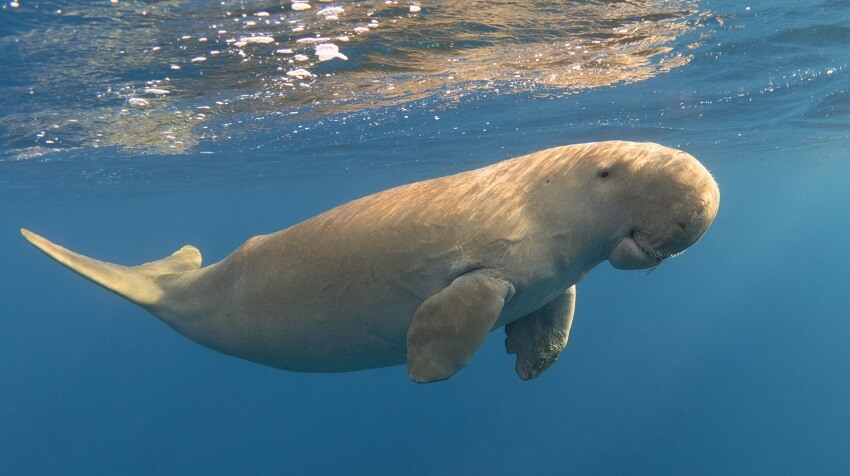
1.5. Dodo Bird (extinct since the late 17th century)
The Dodo (Raphus cucullatus) was a flightless bird that lived on the island of Mauritius and was related to the pigeon. This bird was about 1 m (3.3 ft) tall, ate fruit, and nested on the ground. The Dodo became extinct between the mid to late 17th century.
The cause of the dodo’s extinction is directly related to human activities. Because of its inability to fly, the dodo could not protect its eggs from being destroyed by introduced animals.
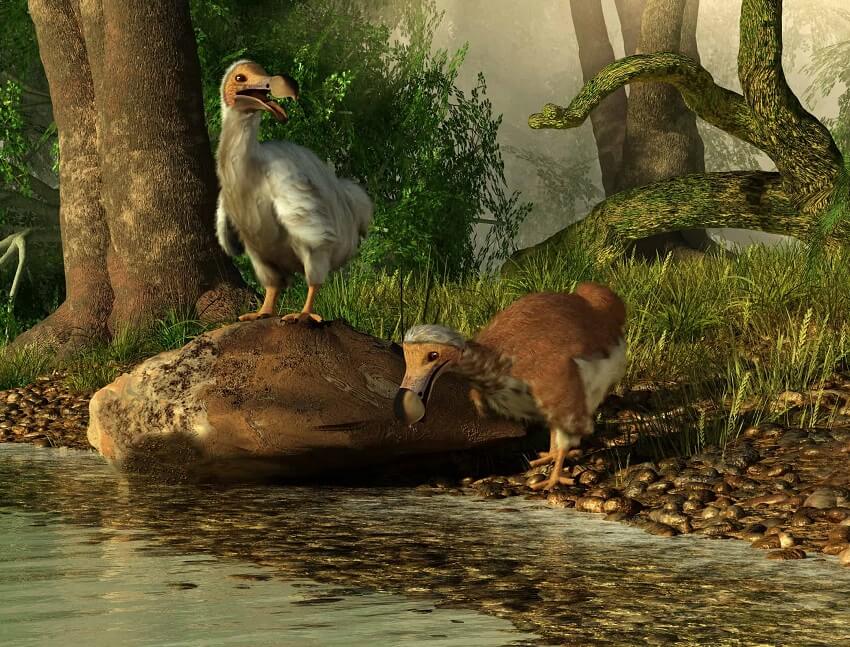
1.6. Aurochs (extinct since 1627)
The Aurochs is one of Europe’s extinct animal species. This large animal developed in India about 2 million years ago and migrated into the Middle East, then deeper into Asia and Europe about 250,000 years ago.
The last aurochs was a female that died in 1627 in the Jaktorów Forest in Poland due to a natural accident. The causes of the aurochs’ extinction were hunting, habitat loss due to agricultural development, and diseases spread by domestic cattle.

1.7. Caspian Tiger (extinct since 1970)
The Caspian Tiger, also known as the Persian tiger, was found in Iran, Iraq, Afghanistan, Turkey, Mongolia, Kazakhstan, the Caucasus, Tajikistan, Turkmenistan, and Uzbekistan until it became extinct in the 1970s. Its body was quite stocky with powerful legs, large paws, and unusually large claws. Male Caspian tigers weighed from 169–240 kg (373-529 lbs), while females were not as large and weighed from 85–135 kg (187-298 lbs). This was the third-largest of all known tiger species in the world.
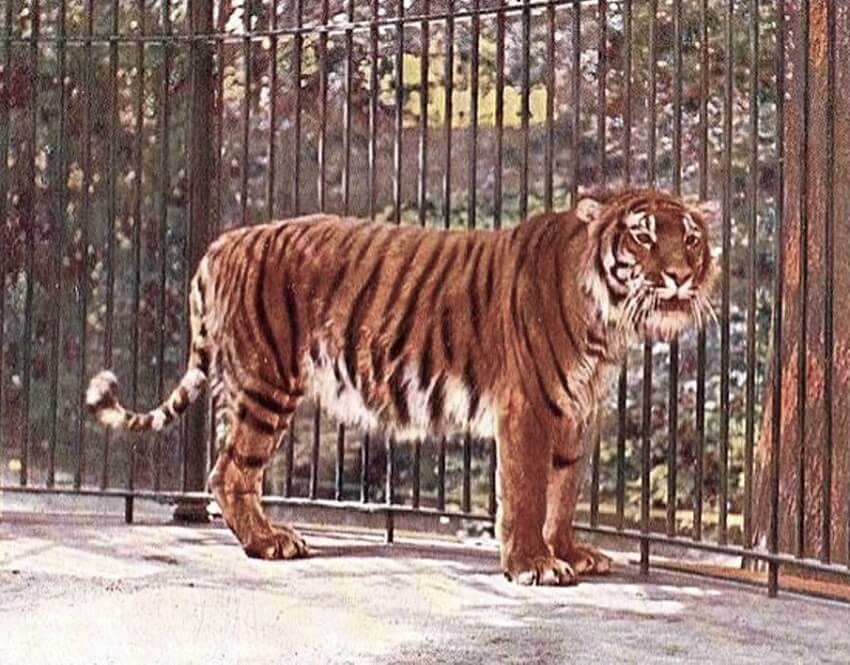
1.8. Great Auk (extinct since 1844)
The Great Auk belonged to the genus Pinguinus, a group of birds that were once able to fly in the Atlantic region.
The Great Auk was about 75 cm (30 inches) tall and weighed around 5 kg (11 lbs), making it the largest of the auks. The Great Auk once existed in large numbers on islands off eastern Canada, Greenland, Iceland, Norway, Ireland, and the United Kingdom, but it was eventually hunted to extinction.
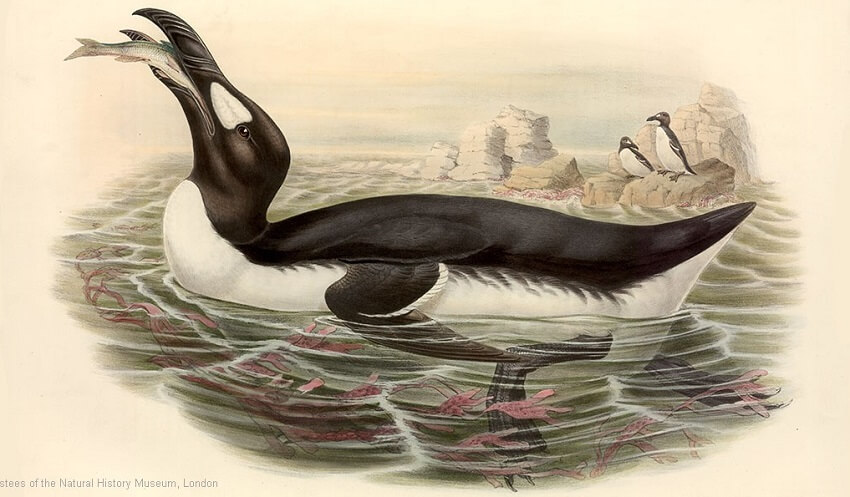
1.9. Quagga (extinct since 1883)
One of Africa’s extinct animal species is the Quagga zebra, which once existed in large numbers in the Cape Province and the southern Orange Free State. Unlike many other zebra species, the Quagga had stripes concentrated on the front part of its body that faded toward the rear.
Quaggas were hunted to extinction for their meat and hides. The last wild Quagga was shot in the late 1870s. The last captive Quagga died in August 1883 at the Artis Magistra Zoo in Amsterdam.
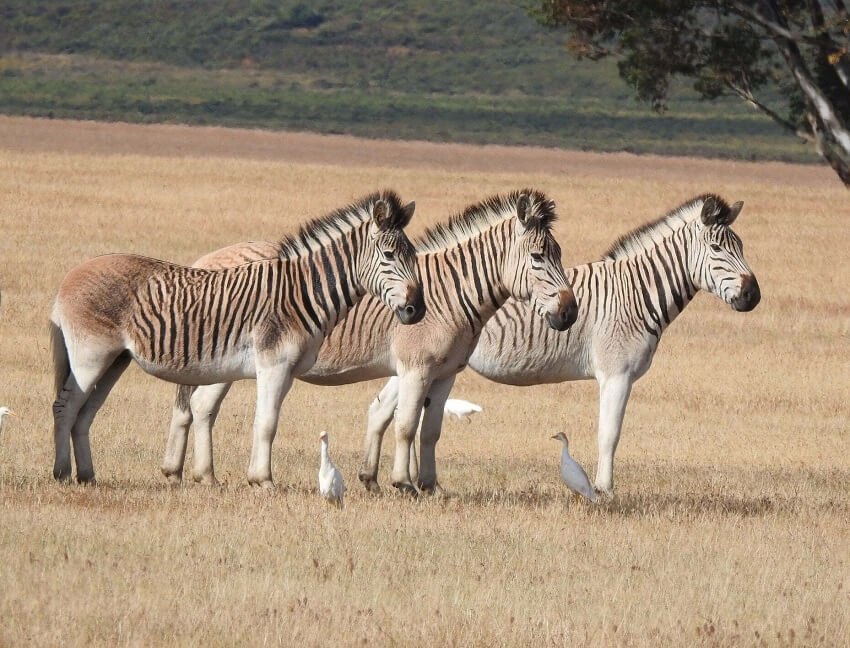
1.10. Thylacine (Tasmanian Tiger) (extinct since 1936)
This was the last species in the genus Thylacinus, native to Australia and New Guinea. They became extinct in the 20th century and were commonly called the Tasmanian Tiger due to the stripes on their backs.
The main reasons for the Tasmanian tiger’s extinction were hunting for bounties, along with other factors such as disease, human encroachment, and competition from domestic dogs. Although the Tasmanian tiger was officially declared extinct, there have been some alleged sightings of the animal.
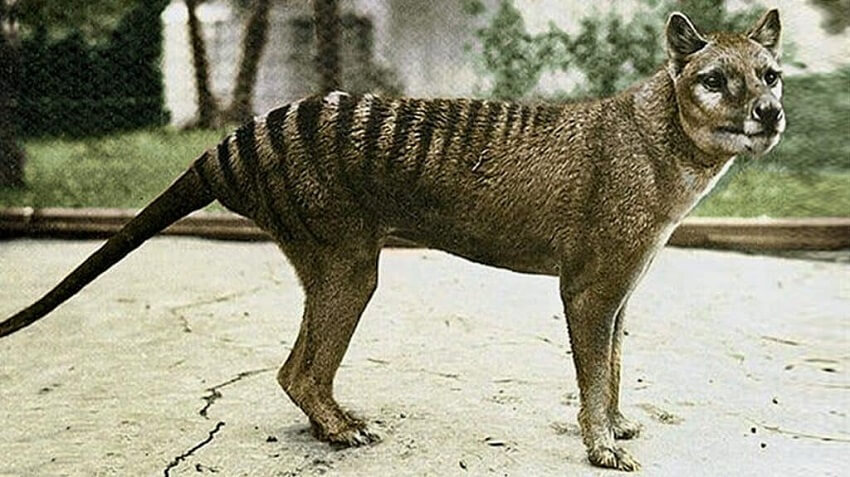
2. FAQs
1. When did the T. Rex become extinct, and what were its most prominent features?
The T. Rex (Tyrannosaurus Rex) became extinct about 65 million years ago. It was one of the largest carnivorous dinosaurs ever, measuring about 12.8 m (42 ft) long, 4 m (13 ft) tall at the hips, and weighing about 7 tons.
2. What was special about the Irish Elk, and why did it go extinct?
The Irish Elk was about 2.1 m (7 ft) tall and had antlers up to 3.65 m (12 ft) long, making it the largest deer ever recorded. The species went extinct about 7,700 years ago, primarily because it was hunted for its antlers, not for its meat.
3. Where did Steller’s Sea Cow live, and what caused its extinction?
The Steller’s sea cow once lived along the coast of the North Pacific to Japan and California. The species became extinct in 1768 due to excessive hunting and the presence of humans in its habitat.
4. How was the Quagga different from other zebras, and when did it become extinct?
The Quagga was a subspecies of zebra that had stripes on the front half of its body and was plain brown on the back half. The species became extinct in 1883, both in the wild and in captivity.
5. What were the causes of the Tasmanian Tiger’s extinction?
The Tasmanian Tiger (Thylacine) became extinct in 1936. The causes included excessive hunting—as it was believed to be a threat to livestock—along with competition from domestic dogs, disease, and habitat loss.
3. Conclusion
Every Famous Extinct Animal, from the mighty T. Rex to the Tasmanian tiger, tells a sad story about natural changes, human impact, and the irreplaceable value of biodiversity. Understanding the history of extinction not only helps us better appreciate what remains but also urges us to act to protect threatened species before they disappear forever.



